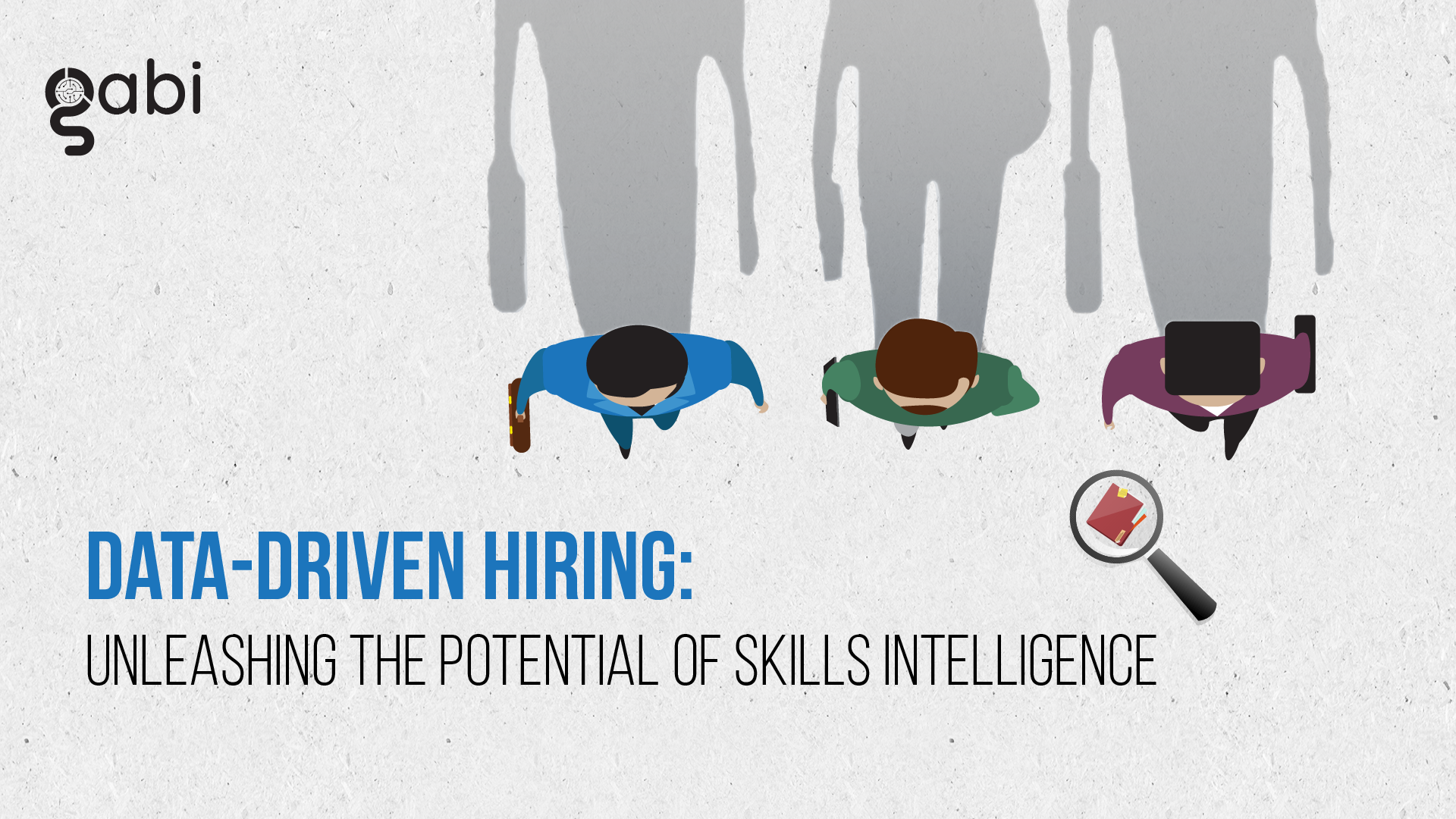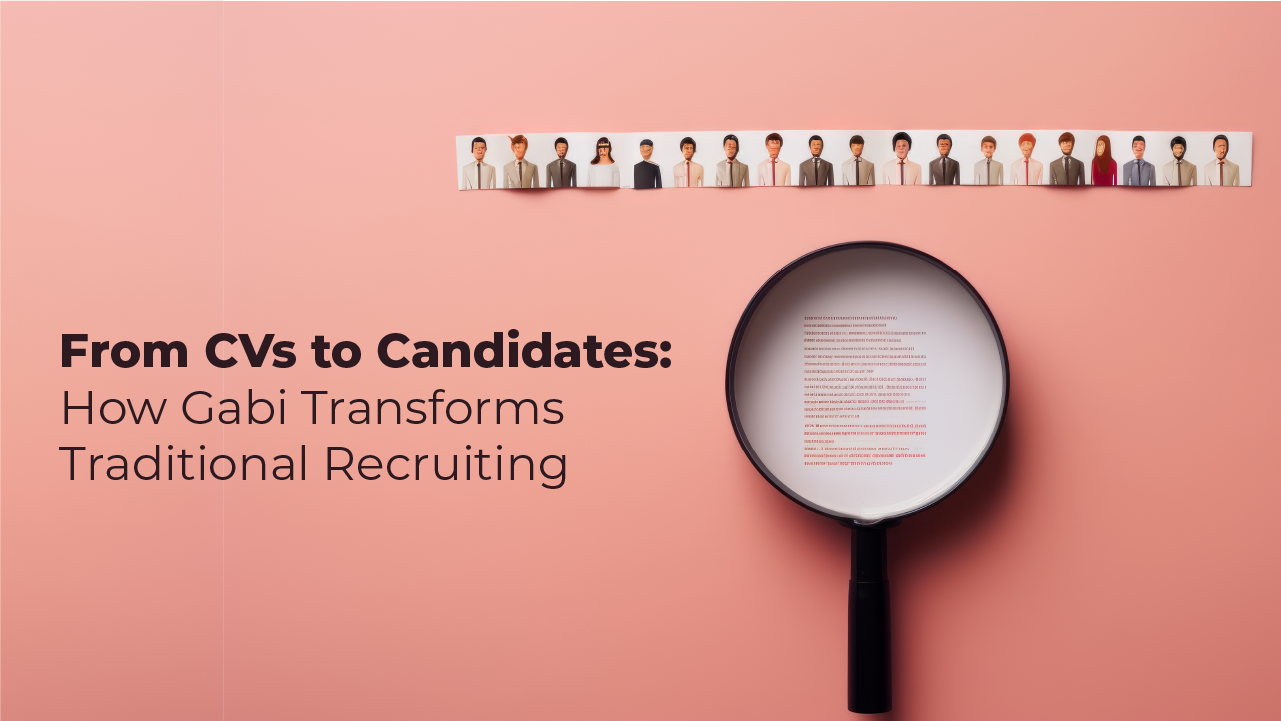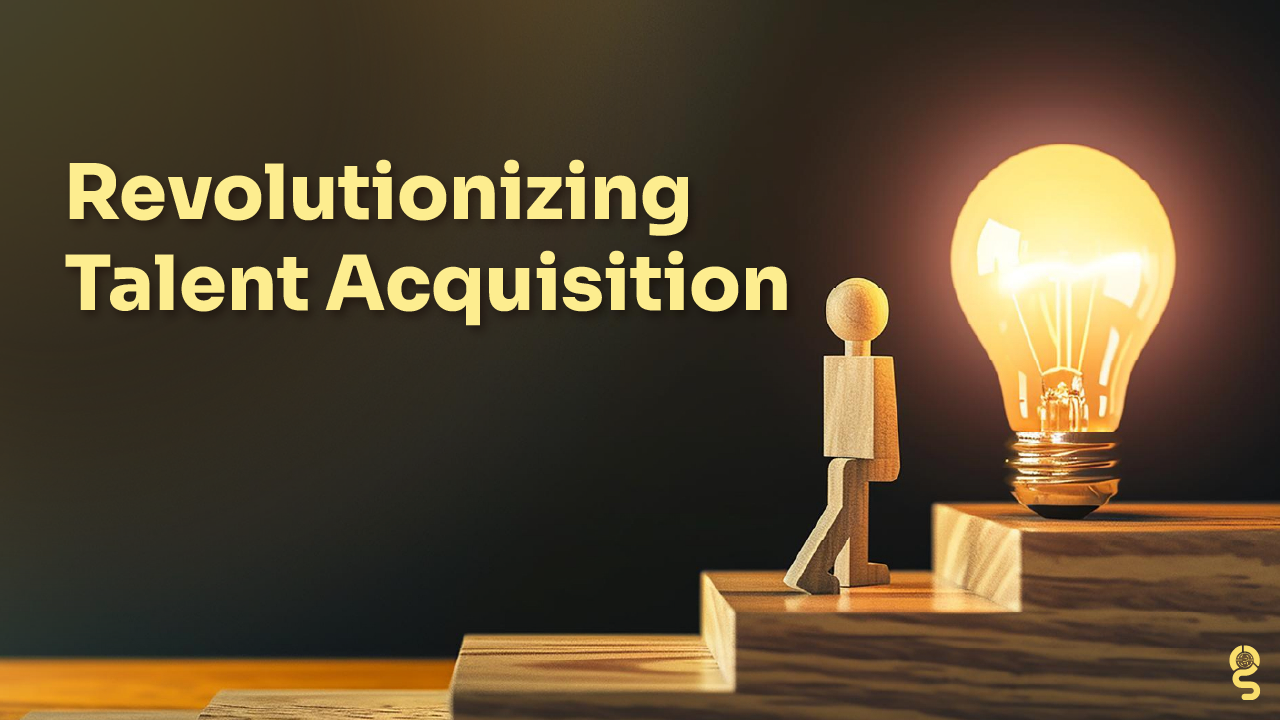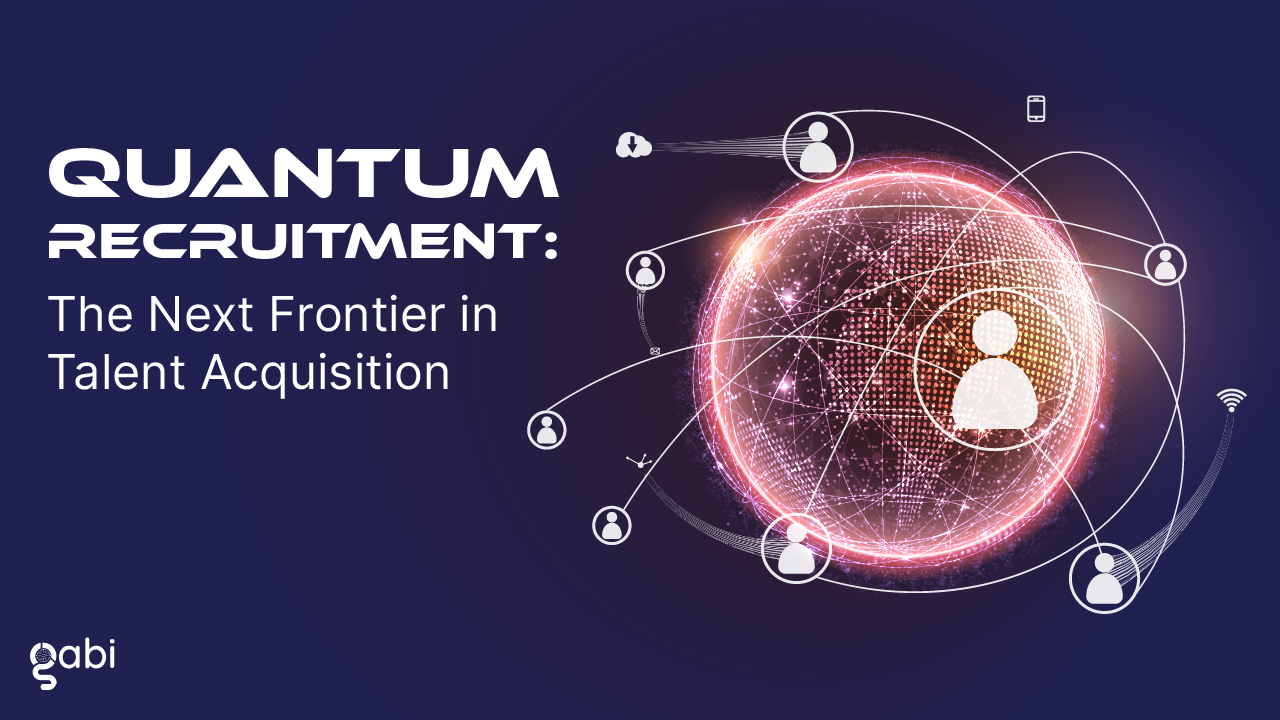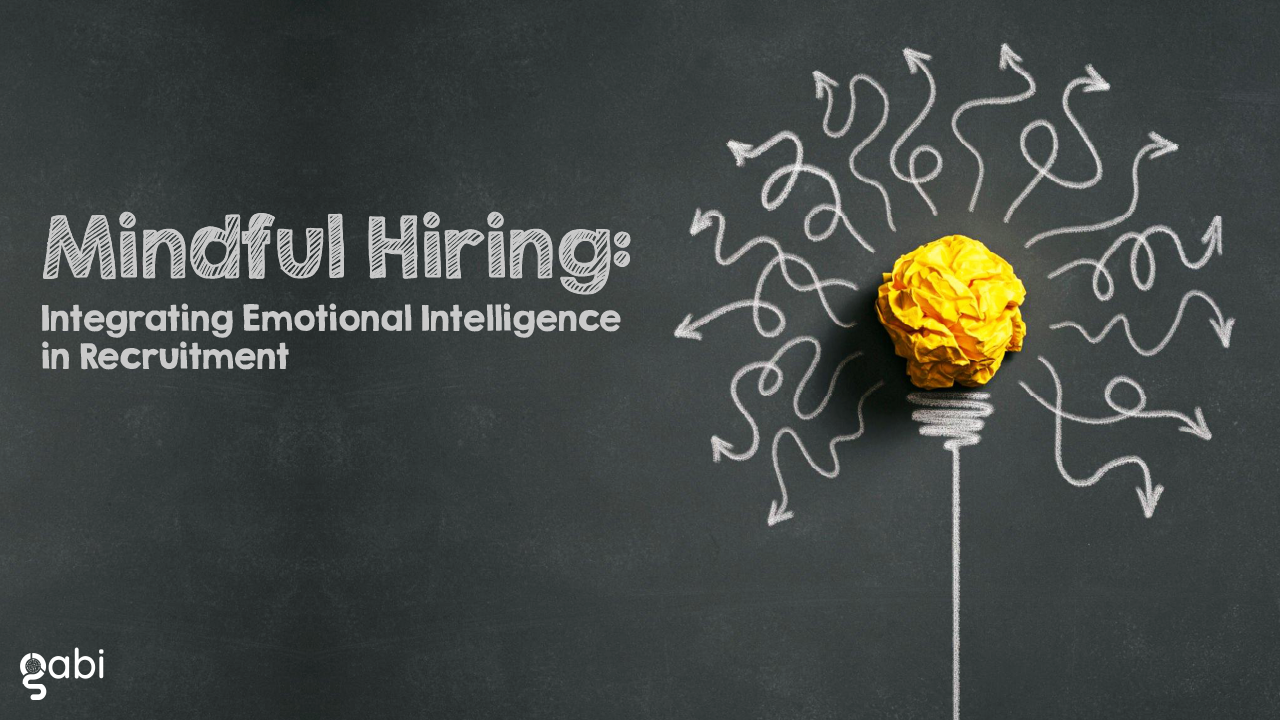Optimizing your workforce planning is a must in today’s fast-changing business environment! To meet the complex demands of the modern workplace, traditional approaches to talent management and human resources analytics are no longer sufficient.
To keep up with the pace, you need to make strategic decisions by utilizing the power of data and analytics to ensure and drive compliance. To guarantee that employees can realize their full potential, organizations can identify and cater to their specific needs by using this data-driven approach to talent management.
Thanks to the development of data-driven approaches, the rise of AI, and the strength of skills intelligence, businesses now have the means to completely overhaul their talent management strategies. In this article, we’ll explore how you can unlock the full potential of your workforce and achieve sustainable success with strategic planning.
Understanding Data-Driven Workforce Planning Strategy
Strategic workforce planning is a clever method that combines talent management techniques with data and analytics. By leveraging HR analytics and skills intelligence, you can gain important insights into the competencies within an organization’s workforce. Workforce planning can also help you gain a competitive edge by optimizing the current skill landscape and predicting future skills needs.
The first step of workforce planning includes the collection and analysis of skills data. It includes details about the credentials, licenses, education, and demonstrated abilities of the employees. Organizations can gain a complete understanding of the capabilities of their workforce and pinpoint skill gaps or strong points by centralizing and organizing this data.
The Benefits of Data-Driven Workforce Planning
- Enhanced Operational Efficiency: A data-driven approach optimizes resources by ensuring that the right people are in the right positions. Organizations can optimize productivity, streamline workflows, and reduce inefficiencies by accurately identifying skill gaps and matching talent with business needs.
- Improvements in Decision-Making: You can strategically allocate resources, pinpoint training needs, and proactively address talent gaps by analyzing skills data, identifying trends, and forecasting future skill requirements. By leveraging this business strategy, you can make prudent choices that support the long-term success of your organization.
- Higher Employee Retention and Engagement: Organizations can cultivate a culture of ongoing learning by investing in the professional development of their employees and implementing training programs. As a result, job satisfaction and employee engagement are higher while turnover rates are lower.
- Agility in a Changing Environment: A key component in staying competitive requires agility. Planning the workforce based on data gives you the flexibility to adapt to changing market conditions, technological advancements, and client demands. You can fill skill gaps, foresee future needs, and keep up with industry trends by analyzing skills data and identifying emerging skill requirements.
Strategic Workforce Planning: Building a Robust Talent Pipeline
A data-driven approach is at the core of strategic workforce planning. This process entails determining the organization’s present and future skill needs, predicting talent requirements, and bridging skill gaps. Organizations can proactively address competency gaps and align their workforce to meet changing business needs by understanding the skills landscape.
Workforce planning depends heavily on talent acquisition to ensure that the appropriate people with the necessary skills are hired to fill talent gaps.
Skills Assessment and Mapping: Maximizing Workforce Optimization
To succeed, organizations must have a thorough understanding of the skills and capabilities of their workforce to optimize them effectively. Individual skill sets are measured and evaluated through skills assessment, which offers insightful information for decision-making. Skills mapping is the process that links employee competencies to organizational goals and enables businesses to spot skill gaps or potential development areas.
Organizations can identify skill gaps through skills mapping and create targeted talent development initiatives. Organizations can maximize their workforce and make sure that employees are working in positions that make use of their strengths by matching individual skills with business needs.
Talent Development: Nurturing and Enhancing Skills
We all know that cultivating a culture of continuous learning is essential in any sustainable business. You can now identify opportunities for skill development and promote focused upskilling and reskilling initiatives with the help of data-driven workforce planning. Within your organization, you deliver efficient, personalized training programs that improve employee capabilities and guarantee the acquisition of essential skills by utilizing technology for learning.
This way, organizations give their workforce the chance to reskill and upskill so that they can remain useful and contribute to the success of the company. Talent development programs improve employee capabilities while also boosting retention and engagement rates.
Succession Planning: Ensuring Continuity and Leadership
A key component of data-driven workforce planning is succession planning, which guarantees a seamless transition of key leadership positions and organizational roles. Organizations can create thorough succession plans by using skills intelligence and assessment to identify high-potential employees. It means finding people who have the aptitude, experience, and potential to take over important roles in the future through workforce analytics.
Then, you can help those qualified people become leaders by investing in their development and offering them opportunities for specific growth. To pass on their knowledge to potential successors, experienced employees can also participate in mentoring programs as part of succession planning.
Try Out Workforce Planning Tools!
To keep up with new trends in the labor market, there’s no secret that business leaders need to employ and invest in a data-driven approach. You can now easily integrate HR data into your growth strategy and mitigate risk and encourage engagement with workforce planning.
Gabi’s AI-powered tools are here to help you gather data and insights on your talent pool, help you with data visualization and make all the HR processes more effective. Check out Gabi’s features and let the power of AI help you grow your business goals!

